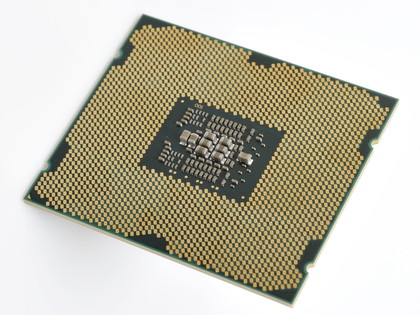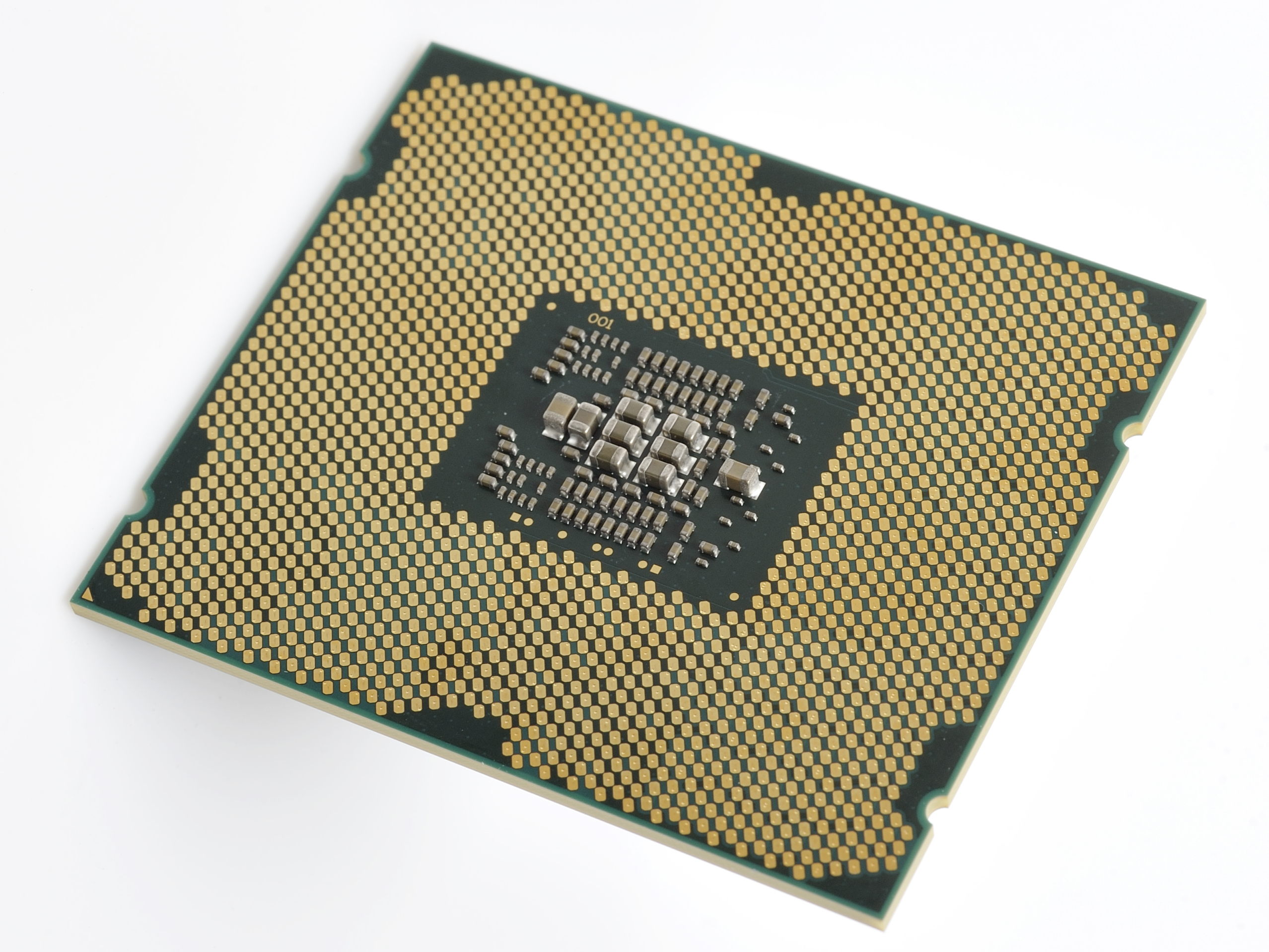Why you can trust TechRadar

Thankfully, the Intel Core i7 3820 is not just another bust eight-core chip, this time with half its goodness turned off.
The processor is actually a different die entirely, compared with bigger brothers the i7 3930K and i7 3960X. And they most definitely are bigger, by around 1 billion of the wee 32nm transistors.
That gives the Intel Core i7 3820 1.27 billion in its make up. But that means it's still bigger than the previous generation's Gulftown hex-core CPUs, the entire Sandy Bridge lineup and even AMD's chunky quad-module Bulldozer chips.
So the CPU die is rattling around in that massive LGA 2011 package, especially considering it's over 100mm2 smaller than the die size of the other two Sandy Bridge E processors.
The Intel Core i7 3820's cache is also inevitably smaller than its Sandy Bridge E compadres, but compared with the Intel Core i7 3930K's 12MB you're only losing 2MB of L3 cache.
At 10MB, the Intel Core i7 3820 is a little more cache-heavy than the 8MB-toting Intel Core i7 2600K and Intel Core i7 2700K chips.
There is one other key difference between this straight Core i7 3820 and the X and K suffixed CPUs from Intel, and that's the unlocked nature of the other chips.
This processor has a partially locked multiplier, which limits it to 43x compared to the 57x multiplier offered by both the other Sandy Bridge E chips and the top-end K-series i7 and i5 CPUs of the plain Sandy Bridge range.
That ought to seriously limit its overclocking potential, but that's not necessarily the case.
